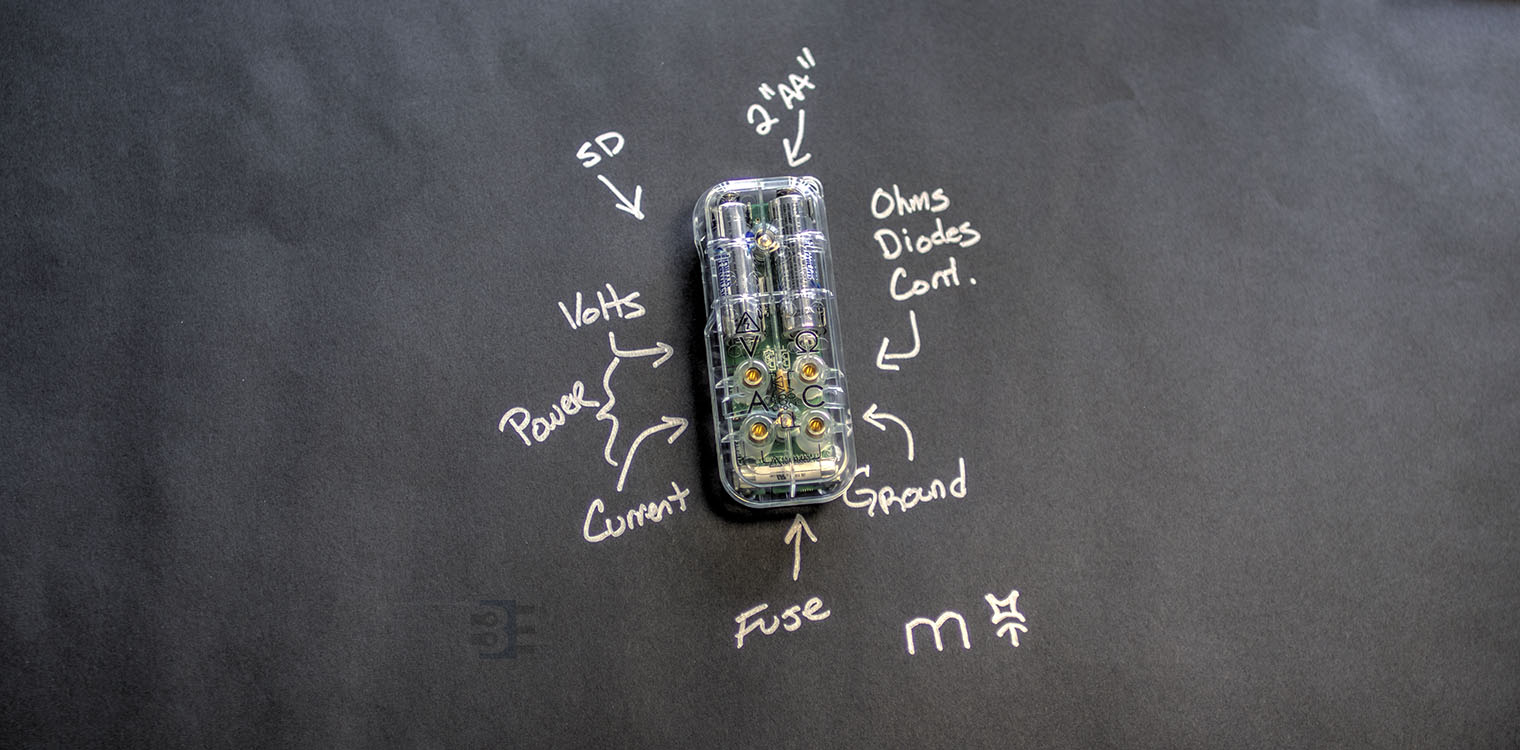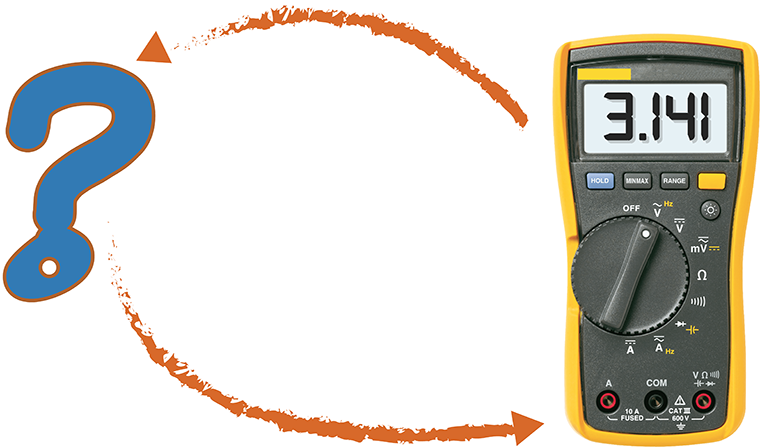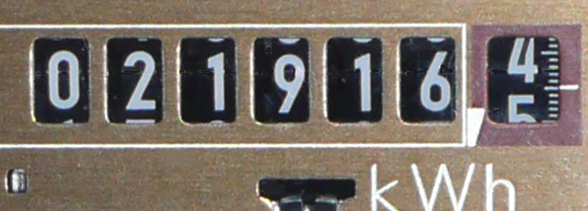One of the safest ways to measure current is with a clamp. Clamps do not require you to break the circuit and they safely measure wires with thousands of amps. In this video, we measure DC current in the lab, AC current of a reflow oven controller, and the DC current in a car using a Tenma 72-7226 True RMS Clamp Meter.
This video was the last one I did before moving to a new house / lab.




